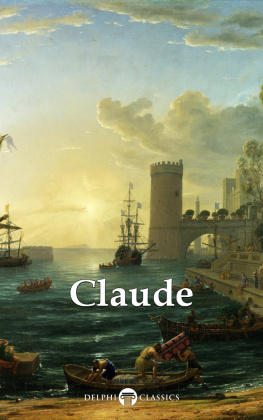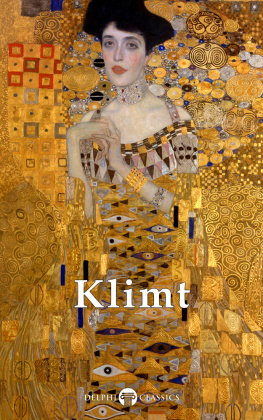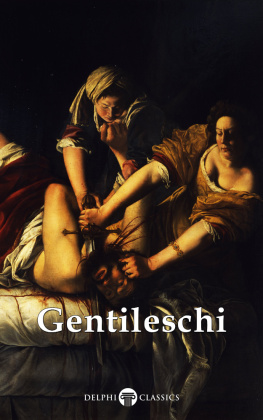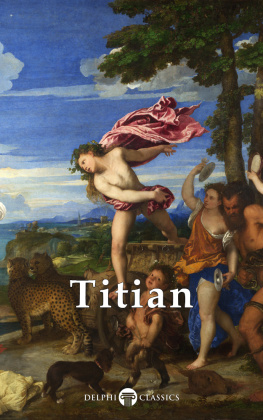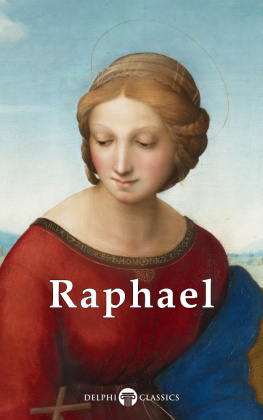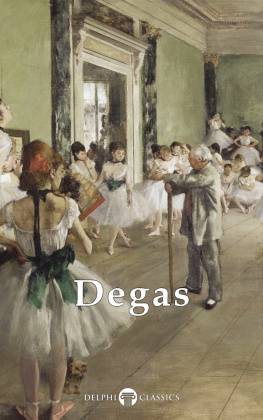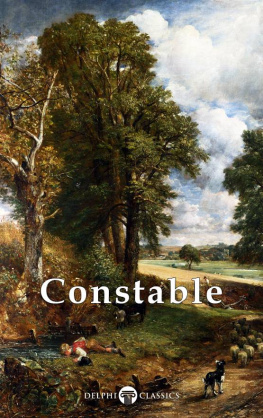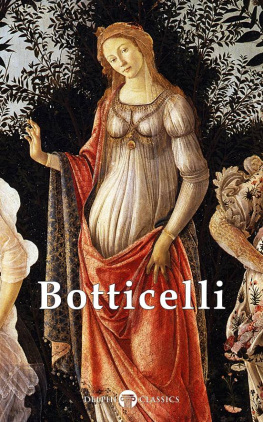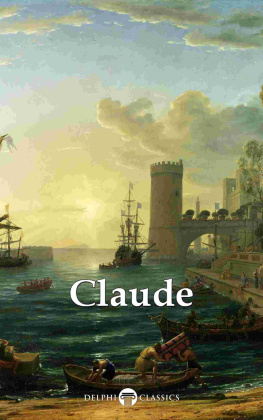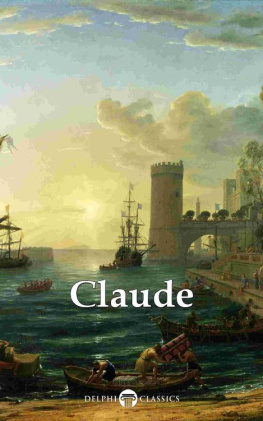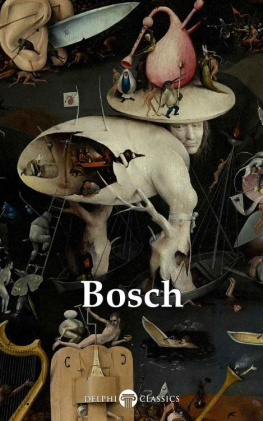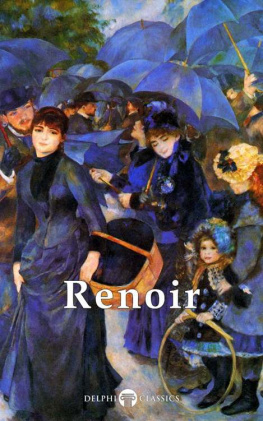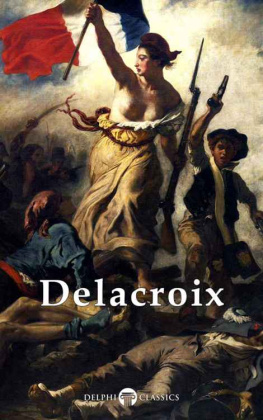

Claude Lorrain
(c. 1600-1682)

Contents

Delphi Classics 2017
Version 1

Masters of Art Series
Claude Lorrain

By Delphi Classics, 2017
COPYRIGHT
Masters of Art - Claude Lorrain
First published in the United Kingdom in 2017 by Delphi Classics.
Delphi Classics, 2017.
All rights reserved. No part of this publication may be reproduced, stored in a retrieval system, or transmitted, in any form or by any means, without the prior permission in writing of the publisher, nor be otherwise circulated in any form other than that in which it is published.
ISBN: 978 1 78656 505 1
Delphi Classics
is an imprint of
Delphi Publishing Ltd
Hastings, East Sussex
United Kingdom
Contact: sales@delphiclassics.com
www.delphiclassics.com
The Highlights

Chamagne, Vosges (formerly part of the Duchy of Lorraine), a small village Claudes birthplace

Early engraving of Claude
THE HIGHLIGHTS

In this section, a sample of Claudes most celebrated works is provided, with concise introductions, special detail reproductions and additional biographical images.
RIVER LANDSCAPE

Claudes tombstone gives 1600 as the year of his birth, though contemporary sources indicate a later date, c. 1604 or 1605. The third of five sons of Jean Gelle and Anne Padose, he was born in the small village of Chamagne, Vosges, then part of the Duchy of Lorraine, in the north-east of France. According to Baldinucci, an early biographer, Claudes parents both died when he was twelve years old and from then he lived at Freiburg with an elder brother, who was an artist in inlay and taught Claude the rudiments of drawing. Claude then travelled to Italy, first working for Goffredo Wals in Naples, before joining the workshop of Agostino Tassi in Rome. The work of both artists would leave a lasting impression on the young painter.
Another biographer, Joachim von Sandrart, a German Baroque art-historian and painter, active in Amsterdam during the Dutch Golden Age, gives a different version of accounts for Claudes childhood. Sandrart claims Claude did not fare well at the village school and was apprenticed to a pastry baker, due to his high reputation for patisserie. With a company of fellow cooks and bakers, Claude travelled to Rome and was eventually employed as servant and cook by Tassi, who at some point converted him into an apprentice and taught him drawing and painting. Both Wals and Tassi were landscapists, the former very obscure and producing small works, while Tassi (now infamously known as the rapist of Baroque artist Artemisia Gentileschi) had a large workshop, specialising in fresco schemes in palaces.
Though the details of Claudes early life remain unclear, most modern scholars agree that he was apprenticed to Wals at some point in the early 1620s and to Tassi from c. 1624. Finally, Baldinucci reports that in 1625 Claude undertook a voyage back to Lorraine to train with Claude Deruet, working on the backgrounds of a lost fresco scheme, but he left his studio comparatively soon, in 1626 or 1627. Claude returned to Rome and settled in a house in the Via Margutta, near the Spanish Steps and Trinita dei Monti, remaining in that neighbourhood for the rest of his life.
On his travels, Claude briefly stayed in Marseilles, Genoa and Venice, and had the opportunity to closely study the countryside of France, Italy and Bavaria. Sandrart met Claude in the late 1620s and reported that by then the artist had a habit of sketching outdoors, particularly at dawn and at dusk, making oil studies en plein air . The first dated painting by Claude, River Landscape (1629), now held in the Philadelphia Museum of Art, already reveals a well-developed style and technique. The use of framing trees, crossing diagonals and bright highlights reveal the influence of Claudes former master Tassi. The canvas evinces the artists early concern with naturalism: from the very start of his career he was interested in representing nature as faithfully as possible. Every tree is individualistic, with special characteristics in its trunk, foliage, colouring and leaves. The painting is also innovative in its treatment of light. The fall of light on the backs of the animals, the lucent stripes on the herdsmen and the effect of light filling the landscape in the distance, leading up to the faint blue mountains, all hint at this young artists extraordinary talent. The juxtaposition of black shadow and natural sunlight was an original feature and soon won Claude many admirers and patrons.

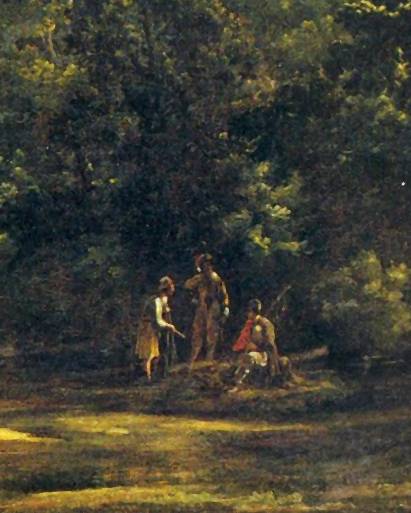
Detail

Detail
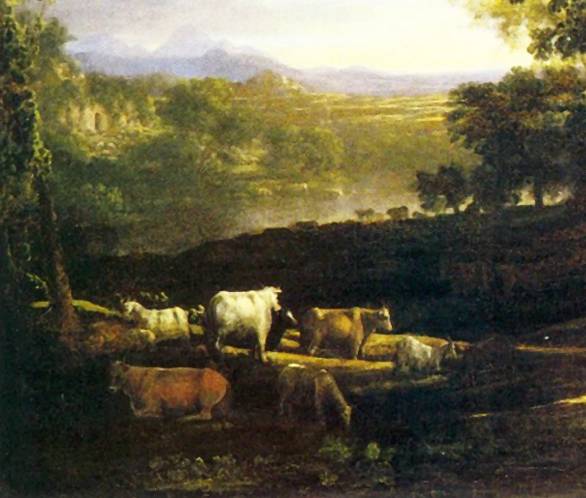
Detail
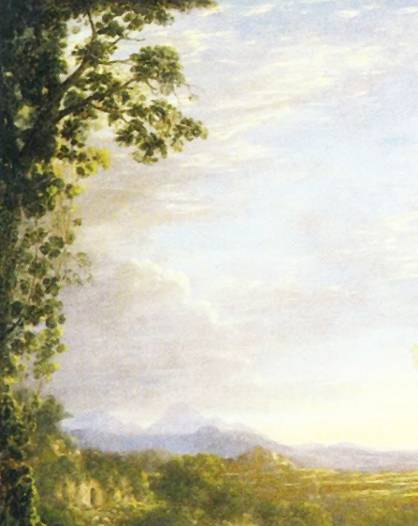
Detail
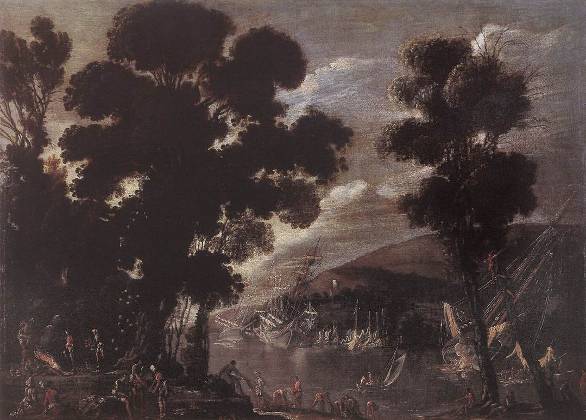
The Coral Fishers by Agostino Tassi, c. 1622 the early influence of Claudes former master can be seen in the use of framing trees and diagonals.
HARBOUR SCENE WITH A VIEW OF THE CAPITOLINE HILL

Claude arrived in Rome in c. 1617. After his first, youthful paintings, his style matured, and he began work on what would later be regarded as his Ports series. These canvases are notable for their strong symmetry, mastery of central perspective, fantastical architecture and a preoccupation with deep spatial recessions. Claude painted only one port portraying the Capitoline in Rome, which forms an imaginary maritime scene. Nevertheless, the painted architecture is unquestionably the Capitoline and not one of vaguely classicising Palladian or Raphaelesque images found in so many other paintings in the early seventeenth century.
Next page
